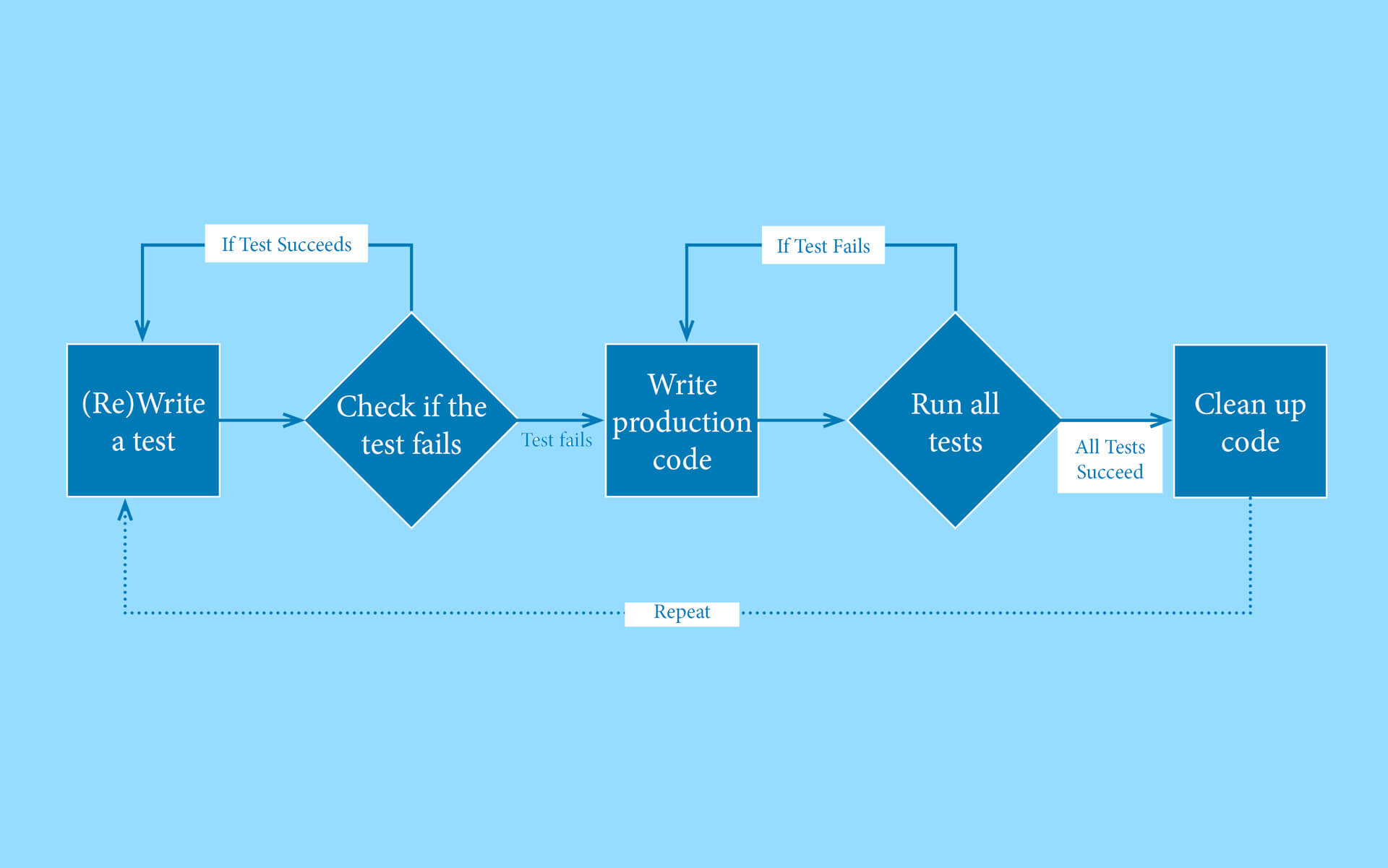
What Is Test Driven Development?
July 25, 2022
12 Mistakes You Are Making On Your Website
August 15, 2022
Introduction
User Experience is a broad discipline and UX designers need to have skills in different fields to create an effective experience for people using their systems. Here are 15 rules that UX designers should be familiar with.
1. UX is not only UI
These two disciplines are often mistaken to be one and the same, while User Interface is actually a part of User Experience.
UI is focused on the space in which humans interact with products, and UX refers to the emotional outcome a user experiences after interacting with a product.
2. Know your audience
Unsurprisingly, one of the key factors to keep in mind when designing products is the audience to which to cater for.
In order to design products that will be loved by users, you must have a clear idea of what it is that your audience wants and needs. Doing user research allows you to provide value for users of the product by focusing on benefits instead of features.
“People don’t buy products, they buy better versions of themselves.”
A good designer must recognize when to stop adding features and to keep what users enjoy about an experience.
3. You are not the user
Oftentimes designers will assume that the people using their interfaces will use it like them. However, this is an effect in psychology called false-consensus. This effect refers to the tendency to assume that other people share our beliefs and that they will behave similarly in a given context.
It is most likely that people interacting with your products will have different backgrounds, mindsets, mental goals and models from yours. Usability testing is used to overcome this false-consensus bias. This refers to testing with real users (not teammates, family or friends) to learn how to create products best suited for those that will use them.
UX design is about making assumptions and validating them through testing.
4. Adapt design for accommodating short attention spans
In a study that Microsoft conducted in 2015, they found that the average human attention span has reduced from 12 seconds to 8 seconds. Designers should keep this in mind by simplifying interfaces as much as possible by removing elements that are unnecessary or that do not support the user in their tasks without limiting functionality. This is referred to as functional minimalism. All information should be relevant and valuable so that users can get the information they need as quickly as possible.
5. Prototyping should be done before building a real product
Although prototyping can be time consuming, it is highly beneficial to create something to test on before all the effort goes into developing a real app.
This enables the team to consult with clients and to ensure that the planned product is satisfactory which will reduce time wasted on unnecessary development.
6. Recognition over recall
Showing recognizable elements to users improves usability vs them having to recall elements from scratch.
Because human memory has limitations, certain features should be used consistently to minimize the cognitive load of a user. Elements should be visible and easily accessible.
7. Design usable and accessible products
You should keep in mind that there will be a diverse set of users that will interact with your product. Instead of focusing too much on the look of the product, it is more important to focus on the usability.
A product that is well designed is accessible to user with different abilities such as low vision, blindness, hearing impairments, cognitive impairments or motor impairments.
8. Everything does not have to be solved at once
Because UX design isnt a linear process, the phases of UX design (ideation, prototyping, testing) have considerable overlap with a lot of back and forth.
When more details about the project, such as constraints, arise, it is important to be able to redesign previous elements to make the end product as satisfactory as possible. Don’t expect to have a perfect design on the first iteration , as it is important to test with real users and collect feedback to iterate on the design.









